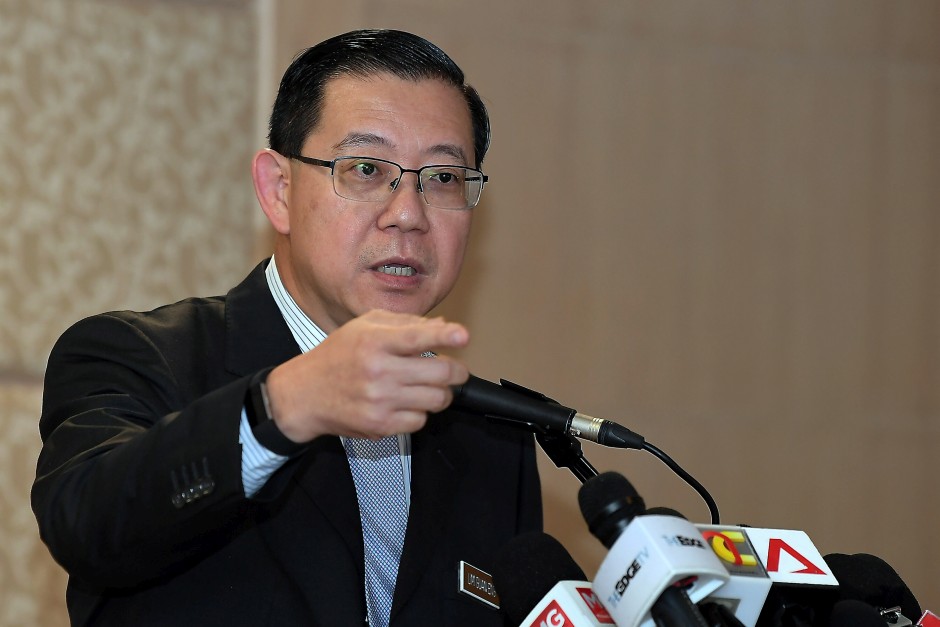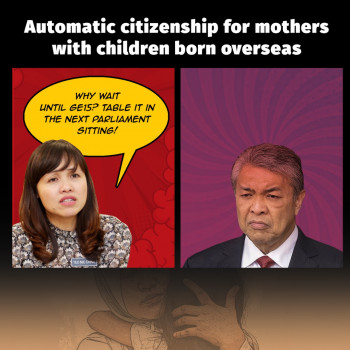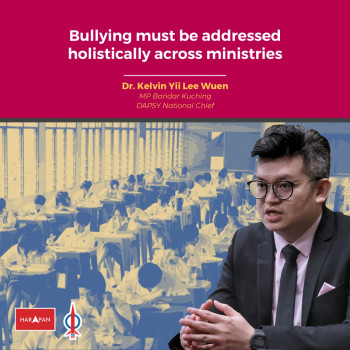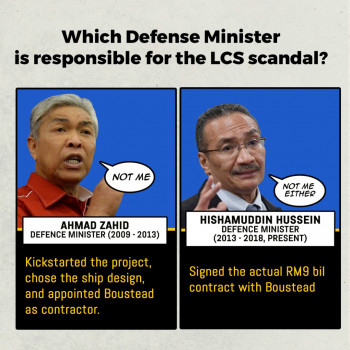
In reference to an article released by Sinar Harian last Saturday, we must note that Prime Minister Ismail Sabri Yaakob is incorrect to say that for the first time, the opposition was briefed and discussed with the Economic Planning Unit (EPU) on the 12th Malaysia Plan(12MP) and that the exercise was fruitful.

When responding to a question about whether the opposition was involved in the discussion phase of the 12th MP, PM Ismail Sabri responded by saying “Before this, we did briefings with the government only but this time I said we should do it together with the opposition when the Economic Planning Unit (EPU) gives the briefing.
There were no interruptions, no heated questions, it was all done professionally because they wanted real answers,” he said.
DAP states that no such briefings or discussion on the 12MP were held by the EPU with the opposition.
Ismail must be either badly informed or confused between the 12MP and the ongoing Budget 2022 consultations held by the opposition with Finance Minister Tengku Zafrul Abdul Aziz.
The failure to rely on facts and figures as well as science and data has caused some controversy in the 12MP as compared to previous 5 year plans. First, the 12MP stated that the Bumiputera agenda must continue because “the median income gap between Bumiputera and Chinese is widening, quadrupling in 2019 compared with the gap in 1989.”
Second, the Chinese-Bumiputera household income inequality suggests inaccurately that inequality between the two groups is widening. Third, there is no concerted effort to help the poor regardless of race, as well as the most affected bumis namely the orang asli and the majority native population of Sabah and Sarawak who are poorer than in Peninsular Malaysia. In 1989, median Chinese household income was RM1,180 while median Bumiputera household income was RM680.
The difference was RM500. In 2019, the corresponding figures were RM7,400 for Chinese households and RM5,400 for Bumiputera households. The difference was RM2,000. As academic Lee Hwok Aun points out, whilst this absolute difference has increased four times, bumiputera household income has actually grown significantly faster: increasing by 700% between 1989 and 2019, compared to 530% for Chinese households.
Proportionately, the gap has narrowed. In 1989, median Bumiputera household income was 58% that of Chinese households; by 2019, the proportion had risen to 73%. Whilst more needs to be done to narrow the gap, to state that the gap has widened in only absolute but not in proportional terms is technically dishonest. Further there are no granular data on the income disparities of the orang asli, bumi population in Sabah and Sarawak as compared to Peninsular Malaysia as was evident in past Malaysian Plans.
Anecdotal evidence suggests that the poorer bumis would come from orang asli, Sabah and Sarawak. There is therefore a need for the 12MP to skew the benefits of economic growth and extensive preferential policies to the poor regardless of race (including Chinese and Indians) and those in Sabah and Sarawak as well as orang asli.
Lim Guan Eng
DAP Secretary-General



